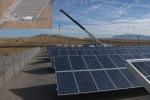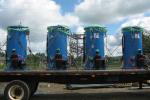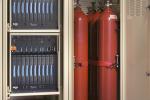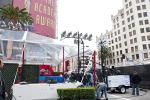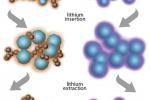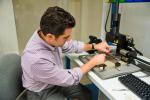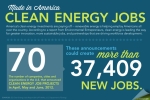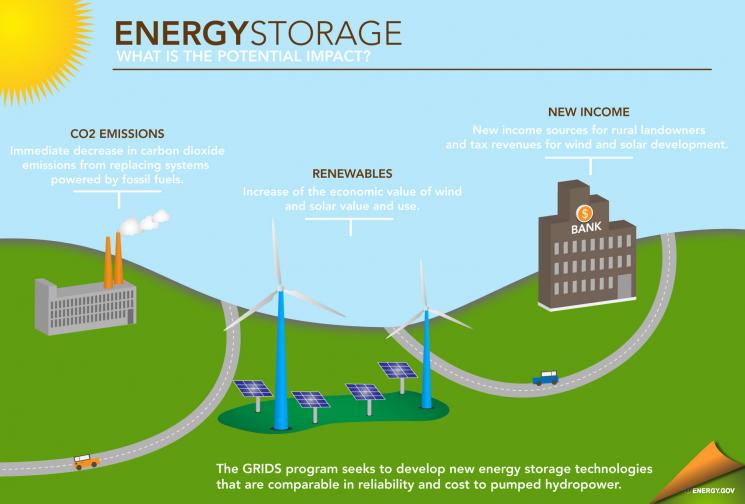
Energy storage isn’t just for AA batteries any more. Thanks to investments from the Department's Advanced Research Projects Agency-Energy (ARPA-E), energy storage may soon play a bigger part in our electricity grid, and help enable the increased generation of renewable electricity. Read more.
Energy storage isn’t just for AA batteries any more. Thanks to investments from the Department's Advanced Research Projects Agency-Energy (ARPA-E), energy storage may soon play a bigger part in our electricity grid, and help enable the increased generation of renewable electricity.
A new report looks at the tremendous potential to generate clean hydroelectric energy at existing dams across the U.S.
Read about the Liquid Metal Battery -- an innovative emerging technology comprised of liquid metal electrodes of differing densities, which allows the liquids to separate and stratify without the need for any solid separator.
In order to maintain reliability from renewables, energy must be stored for when power cannot be generated. PNNL scientists discuss the challenges and progress being made.







